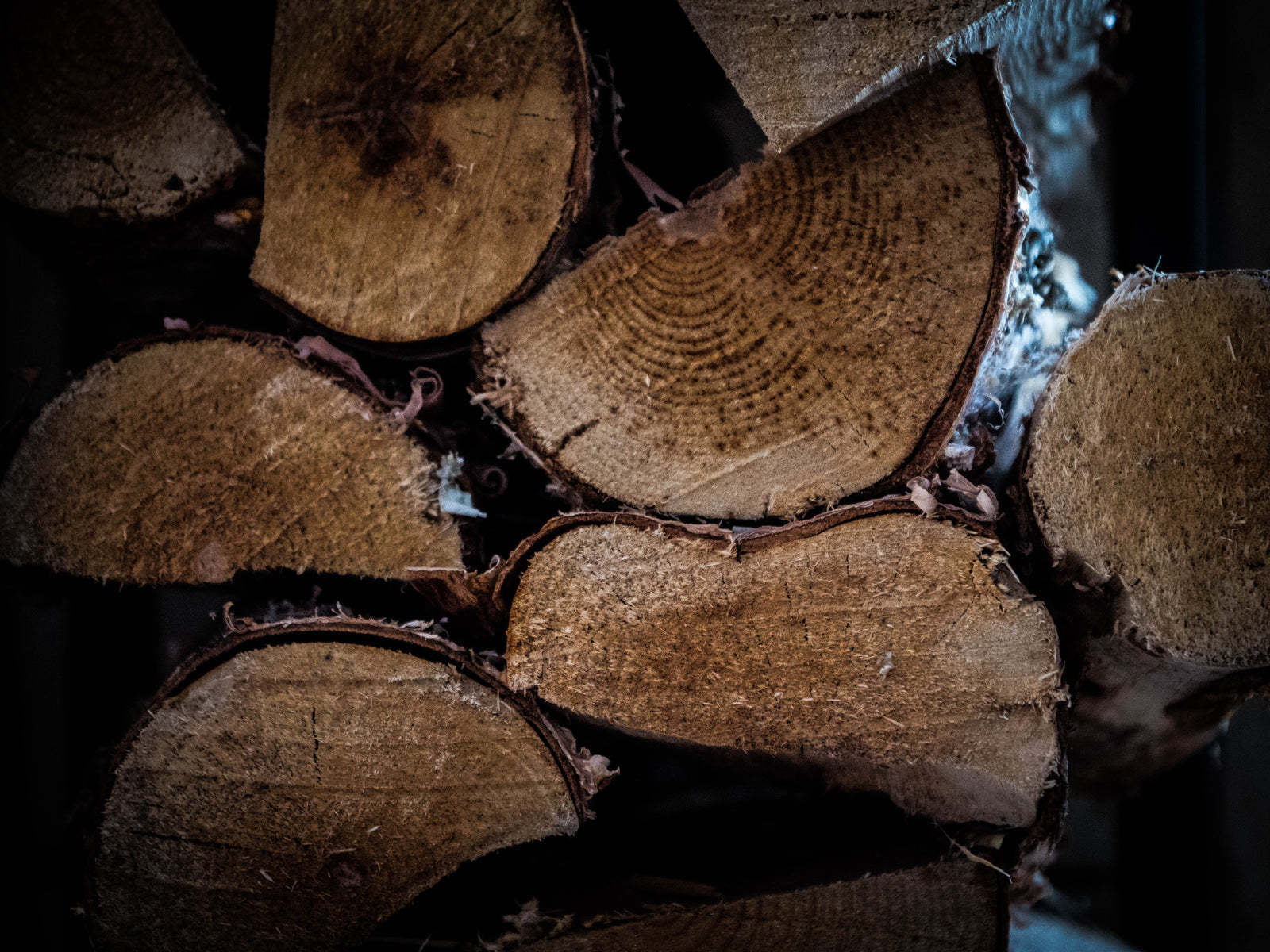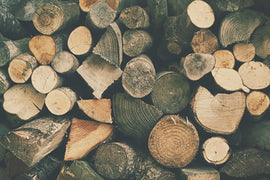What is the best wood to burn in a hanging fireplace? New Zealand Edition.
Suspended fireplaces are forever increasing in popularity in New Zealand as a unique architectural décor statement for any home. Although we may be slowly creeping out of winter, cool spring and summer nights are here to stay, and a hanging fireplace is the perfect statement piece for your home.
Hanging fireplaces are efficient and sleek, but what do we know about the best wood to use for getting the most consistent burn? Gathering the right firewood for your cosy nights by the fire is integral for achieving a satisfying burn. Using the right wood in your suspended fireplace in New Zealand allows you to ensure a lengthy burn time, less ash residue, and stable heat for a low maintenance night.
In terms of storing and preparing firewood to use in your hanging fireplace, dry is best. Storing the wood in a well ventilated area, and ensuring it is seasoned and untreated, are important aspects for producing a great fire. Using the right wood from the beginning, however, is even more important for increasing the life span of your suspended fireplace.
Discover our list of the best wood to burn in your hanging fireplace New Zealand, and experience the best fires of your life.
Manuka Wood
Manuka wood is one of the most popular to use in suspended fireplaces throughout all of New Zealand. It produces less ash, and generates hot, long-lasting embers. It is a rather heavy hardwood timber with a low moisture content. As a hardwood, it produces less smoke. Manuka also has a flaky bark that works very well for kindling, so you can have the best of both worlds when making a fire in your hanging fireplace. Producing less ash and minimal smoke means you can have a clean burn, making a comfortable night much easier to achieve.
Split Pine Wood
This is a softwood with low density. Although high density woods are known for generating longer burning times, softwoods are a great addition to use in your suspended fireplace. Softwoods, like Split Pine, are easier to split and ignite, creating an intense output of heat that burns quickly. Similar to Manuka wood, Split Pine wood is wonderful to use for kindling to start your fires due to its flaky nature. Split Pine wood will cause hotter and taller flames in your hanging fireplace than a hardwood. Most Pine woods are readily available in many parts of New Zealand, and are best suited for those who want a quick fire that radiates a high amount of heat – perfect for spring when the temperatures outside are mild.
Douglas-Fir & Macrocarpa Wood
If you’re looking for some wood that can generate high heat, but is not as dense as hardwood, look no further than Douglas-Fir or Macrocarpa wood for your suspended fireplace. These are both readily available and easy to find everywhere in New Zealand. These woods range between softwood and medium density firewood, so you can achieve a relatively long burn time, whilst also producing high heat. You can also use these woods for starting the fire as kindling, so you don’t have to spend extra money on unnecessary fire starter products.
Blue Gum Wood
New Zealand Blue Gum is a hardwood with high density, and is the ideal choice for a very long burn in your suspended fireplace. Due to its very hard form, it can be difficult to start a fire using Blue Gum. However, if you gather this wood when it has aged for at least five to six years, it will have low moisture content and should burn slightly easier. To identify a well-aged Blue Gum to use in your own hanging fireplace, you should notice some visible cracking on the end of the log. Combining Blue Gum with a softwood in your suspended fireplace is also another way to help the fire start, such as mixing in some Split Pine wood for kindling. Blue Gum will prove to be more cost effective for the long term, as you won’t spend as much buying copious amounts of wood due to its slow burn time.
Wattle Wood
Another hardwood on the list is Wattle Wood, which is excellent for long fires with consistent heat within your hanging fireplace. Much like the Blue Gum, you may benefit from mixing in some softwoods to assist with starting your fire when using this wood. Wattle is optimal for long, cold nights where you don’t want to constantly re-fuel or stoke the fire. Hardwoods are known for turning into charcoal that holds heat, instead of diminishing into ash. This means you can relax throughout your night and let your hanging fireplace and the Wattle firewood work their magic.
Now that you have the tools, it’s time to get started on creating the fire of your dreams in your own suspended fireplace. Whether you’re looking for a quick fire with intense initial heat, or a consistent fire with a slow burn, New Zealand is abundant with choices of great firewood. While hanging fireplaces are known to already distribute heat evenly throughout the home, it is vital to choose the correct wood to preserve the quality of your fireplace. Achieving the least amount of smoke and ash is the key to keeping your suspended fireplace in top condition.
References
https://www.warmercheaper.co.nz/good-wood/what-is-good-wood/

